-
 Bitcoin
Bitcoin $116300
2.01% -
 Ethereum
Ethereum $3815
5.35% -
 XRP
XRP $3.071
4.46% -
 Tether USDt
Tether USDt $1.000
0.02% -
 BNB
BNB $776.2
1.67% -
 Solana
Solana $173.0
5.70% -
 USDC
USDC $0.9999
0.00% -
 TRON
TRON $0.3389
1.14% -
 Dogecoin
Dogecoin $0.2125
5.92% -
 Cardano
Cardano $0.7627
5.16% -
 Hyperliquid
Hyperliquid $39.00
4.42% -
 Stellar
Stellar $0.4122
5.07% -
 Sui
Sui $3.654
7.22% -
 Chainlink
Chainlink $17.31
5.47% -
 Bitcoin Cash
Bitcoin Cash $582.2
4.28% -
 Hedera
Hedera $0.2521
3.53% -
 Ethena USDe
Ethena USDe $1.001
0.01% -
 Avalanche
Avalanche $22.77
3.47% -
 Litecoin
Litecoin $119.6
2.53% -
 UNUS SED LEO
UNUS SED LEO $8.944
-0.49% -
 Toncoin
Toncoin $3.288
3.95% -
 Shiba Inu
Shiba Inu $0.00001261
3.78% -
 Uniswap
Uniswap $10.12
5.80% -
 Polkadot
Polkadot $3.761
4.23% -
 Dai
Dai $1.000
-0.01% -
 Monero
Monero $285.1
-2.37% -
 Bitget Token
Bitget Token $4.387
1.43% -
 Cronos
Cronos $0.1476
5.88% -
 Pepe
Pepe $0.00001080
4.75% -
 Ethena
Ethena $0.6374
11.58%
Binance contract funding rate analysis: positive and negative premium response strategy
Binance contract funding rates, paid every 8 hours, align futures with spot prices; positive rates indicate bullish sentiment, negative rates suggest bearish market views.
Jun 05, 2025 at 02:35 am
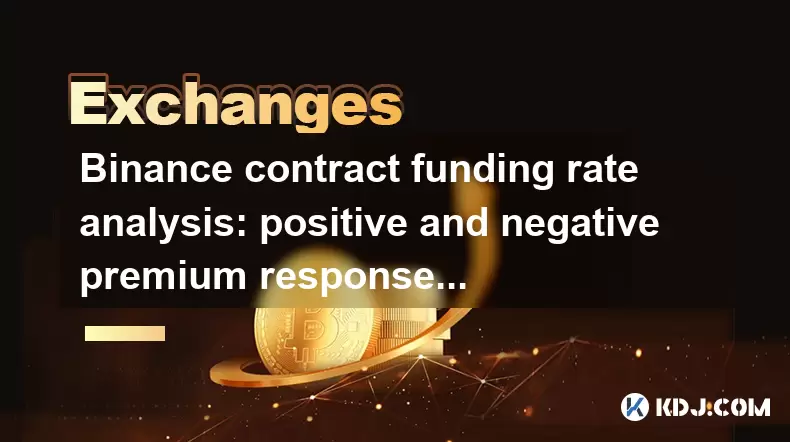
Understanding Binance Contract Funding Rates
Binance contract funding rates are a critical component of trading perpetual futures contracts on the Binance exchange. These rates are essentially periodic payments made between traders based on the difference between the perpetual contract market price and the spot price of the underlying asset. The funding rate is designed to keep the futures price closely aligned with the spot price. A positive funding rate means that long position holders pay short position holders, while a negative funding rate results in the opposite scenario.
When analyzing funding rates, traders need to consider the implications of these rates on their trading strategies. A high positive funding rate might indicate a bullish market sentiment, where more traders are holding long positions and are willing to pay to maintain their positions. Conversely, a high negative funding rate might suggest bearish sentiment, with more traders holding short positions and being paid to keep them.
Positive Premium and Its Implications
A positive premium in the funding rate indicates that the perpetual futures contract is trading at a higher price than the spot price of the underlying asset. This situation typically reflects a bullish market sentiment where traders are optimistic about the future price of the asset. In such a scenario, traders with long positions pay a funding fee to those with short positions.
The implications of a positive premium can be significant for traders. It suggests that there is strong demand for the asset, and traders might anticipate further price increases. However, it also means that holding long positions can become more expensive over time due to the funding fees. Traders need to carefully assess whether the potential price appreciation outweighs the cost of the funding fees.
Negative Premium and Its Implications
A negative premium in the funding rate indicates that the perpetual futures contract is trading at a lower price than the spot price of the underlying asset. This situation typically reflects a bearish market sentiment where traders are pessimistic about the future price of the asset. In such a scenario, traders with short positions pay a funding fee to those with long positions.
The implications of a negative premium are equally important for traders. It suggests that there is strong selling pressure on the asset, and traders might anticipate further price declines. Holding short positions can become more expensive over time due to the funding fees. Traders need to carefully assess whether the potential price depreciation justifies the cost of the funding fees.
Response Strategy for Positive Premium
When facing a positive premium in the funding rate, traders need to develop a strategic response to maximize their returns while managing the costs associated with the funding fees. Here are some strategies that traders can consider:
Adjusting Position Sizes: Traders can reduce their exposure to long positions to minimize the impact of funding fees. By adjusting position sizes, traders can maintain a balanced portfolio while still participating in potential price increases.
Hedging with Options: Traders can use options to hedge their long positions and mitigate the impact of funding fees. By purchasing put options, traders can protect their positions against potential price declines while still benefiting from any upward movements.
Timing Entries and Exits: Traders can time their entries and exits to take advantage of short-term price movements. By entering long positions when the funding rate is low and exiting before it increases, traders can reduce the cost of funding fees.
Arbitrage Opportunities: Traders can explore arbitrage opportunities between the futures and spot markets. By buying the asset on the spot market and selling it on the futures market, traders can profit from the price difference while avoiding the funding fees associated with long positions.
Response Strategy for Negative Premium
When facing a negative premium in the funding rate, traders need to develop a strategic response to maximize their returns while managing the costs associated with the funding fees. Here are some strategies that traders can consider:
Adjusting Position Sizes: Traders can reduce their exposure to short positions to minimize the impact of funding fees. By adjusting position sizes, traders can maintain a balanced portfolio while still participating in potential price declines.
Hedging with Options: Traders can use options to hedge their short positions and mitigate the impact of funding fees. By purchasing call options, traders can protect their positions against potential price increases while still benefiting from any downward movements.
Timing Entries and Exits: Traders can time their entries and exits to take advantage of short-term price movements. By entering short positions when the funding rate is low and exiting before it increases, traders can reduce the cost of funding fees.
Arbitrage Opportunities: Traders can explore arbitrage opportunities between the futures and spot markets. By selling the asset on the futures market and buying it on the spot market, traders can profit from the price difference while avoiding the funding fees associated with short positions.
Monitoring and Analyzing Funding Rates
To effectively implement these strategies, traders need to continuously monitor and analyze funding rates. This involves keeping track of the funding rate trends and understanding how they correlate with market sentiment and price movements. Traders can use various tools and platforms to monitor funding rates in real-time and make informed trading decisions.
Real-Time Data Feeds: Traders can subscribe to real-time data feeds that provide up-to-date information on funding rates. This allows them to react quickly to changes in the funding rate and adjust their strategies accordingly.
Historical Data Analysis: Traders can analyze historical funding rate data to identify patterns and trends. By understanding how funding rates have behaved in the past, traders can better predict future movements and develop more effective trading strategies.
Correlation with Market Sentiment: Traders need to assess how funding rates correlate with market sentiment indicators such as trading volume, open interest, and social media sentiment. By understanding these correlations, traders can gain insights into the underlying drivers of funding rate movements.
Risk Management Tools: Traders can use risk management tools to assess the impact of funding rates on their overall portfolio. By simulating different funding rate scenarios, traders can better understand the potential risks and rewards associated with their trading strategies.
Frequently Asked Questions
Q: How often are funding rates calculated on Binance?
A: Funding rates on Binance are calculated and settled every eight hours. Traders need to be aware of these intervals to manage their positions effectively and account for the impact of funding fees on their trading strategies.
Q: Can funding rates be used as a leading indicator for market trends?
A: Funding rates can provide insights into market sentiment and potential price movements, but they should not be used as the sole indicator for market trends. Traders should consider funding rates in conjunction with other technical and fundamental indicators to make well-informed trading decisions.
Q: What happens if a trader does not have sufficient funds to pay the funding fee?
A: If a trader does not have sufficient funds to pay the funding fee, their position may be liquidated to cover the fee. Traders need to ensure that they have adequate margin in their accounts to meet funding fee obligations and avoid liquidation.
Q: Are there any tax implications associated with funding fees?
A: The tax implications of funding fees can vary depending on the jurisdiction and the trader's individual circumstances. Traders should consult with a tax professional to understand the potential tax implications of funding fees and ensure compliance with relevant tax laws and regulations.
Disclaimer:info@kdj.com
The information provided is not trading advice. kdj.com does not assume any responsibility for any investments made based on the information provided in this article. Cryptocurrencies are highly volatile and it is highly recommended that you invest with caution after thorough research!
If you believe that the content used on this website infringes your copyright, please contact us immediately (info@kdj.com) and we will delete it promptly.
- IREN Overtakes: A New King in the Bitcoin Miner Hashrate Race?
- 2025-08-07 16:31:29
- Memecoins Mania: Whales Eye Pepe Dollar (PEPD) as Bonk Cools Off, While MoonBull Hogs the Spotlight!
- 2025-08-07 16:51:17
- Unilabs, PEPE, and Investment Risk: Navigating the Crypto Hype
- 2025-08-07 16:31:29
- Meme Coin Mania: Rug Pulls, CZ-Inspired Tokens, and the Wild West of Crypto
- 2025-08-07 16:57:14
- HashFlare Founders Face the Music: Jail Time Looms?
- 2025-08-07 14:30:12
- Pepeto's Pounce: Meme Coin Mania Meets Blockchain Infrastructure
- 2025-08-07 15:10:12
Related knowledge

How to deposit USD on Bitstamp
Aug 07,2025 at 05:18pm
Understanding Bitstamp and USD DepositsBitstamp is one of the longest-standing cryptocurrency exchanges in the industry, offering users the ability to...
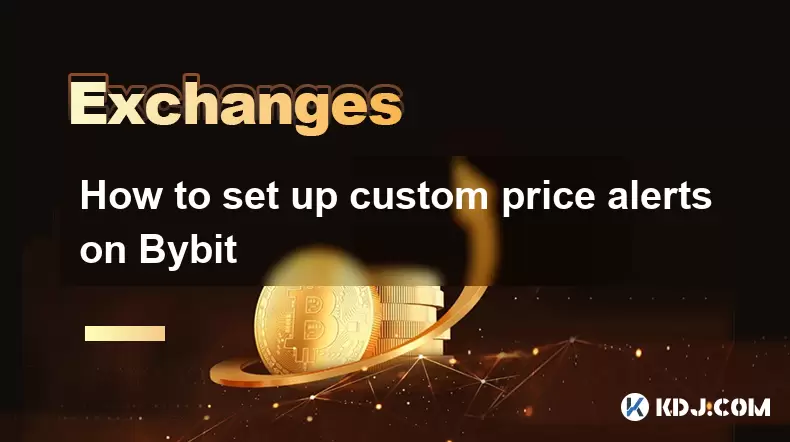
How to set up custom price alerts on Bybit
Aug 07,2025 at 04:31pm
Understanding Price Alerts on BybitPrice alerts on Bybit are essential tools for traders who want to stay informed about significant price movements i...
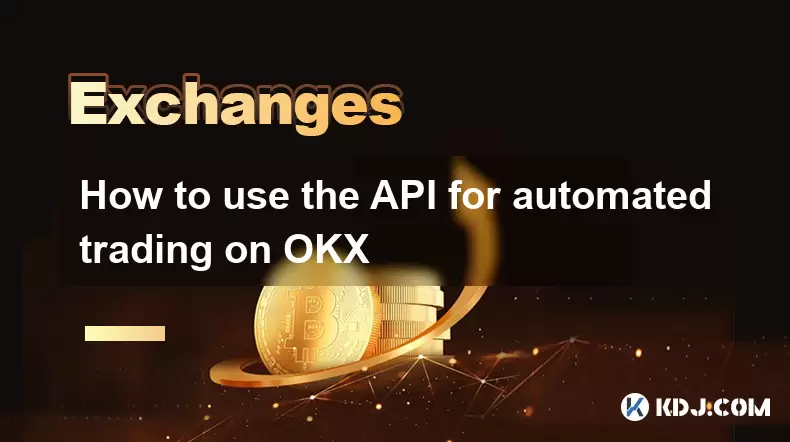
How to use the API for automated trading on OKX
Aug 07,2025 at 05:21pm
Understanding the OKX API for Automated TradingThe OKX API provides a powerful interface for users to automate their trading strategies, access real-t...

How to claim airdropped tokens on Gate.io
Aug 07,2025 at 04:01pm
Understanding Airdropped Tokens on Gate.ioAirdropped tokens are digital assets distributed for free by blockchain projects to promote awareness, incen...
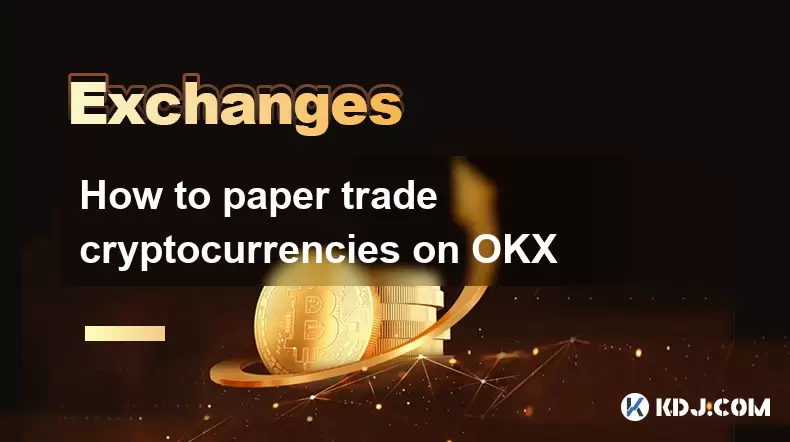
How to paper trade cryptocurrencies on OKX
Aug 07,2025 at 06:01pm
Understanding Paper Trading in the Cryptocurrency ContextPaper trading, also known as simulated or virtual trading, allows users to practice buying an...
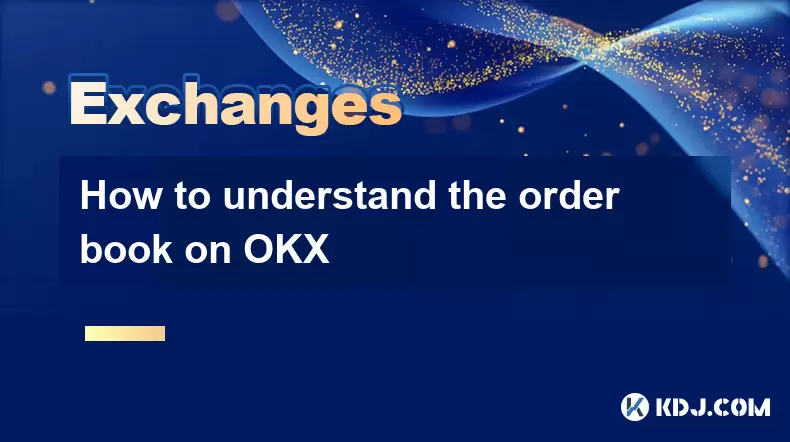
How to understand the order book on OKX
Aug 07,2025 at 03:49pm
What Is an Order Book on OKX?The order book on OKX is a real-time, dynamic list of all open buy and sell orders for a specific cryptocurrency trading ...

How to deposit USD on Bitstamp
Aug 07,2025 at 05:18pm
Understanding Bitstamp and USD DepositsBitstamp is one of the longest-standing cryptocurrency exchanges in the industry, offering users the ability to...

How to set up custom price alerts on Bybit
Aug 07,2025 at 04:31pm
Understanding Price Alerts on BybitPrice alerts on Bybit are essential tools for traders who want to stay informed about significant price movements i...

How to use the API for automated trading on OKX
Aug 07,2025 at 05:21pm
Understanding the OKX API for Automated TradingThe OKX API provides a powerful interface for users to automate their trading strategies, access real-t...

How to claim airdropped tokens on Gate.io
Aug 07,2025 at 04:01pm
Understanding Airdropped Tokens on Gate.ioAirdropped tokens are digital assets distributed for free by blockchain projects to promote awareness, incen...

How to paper trade cryptocurrencies on OKX
Aug 07,2025 at 06:01pm
Understanding Paper Trading in the Cryptocurrency ContextPaper trading, also known as simulated or virtual trading, allows users to practice buying an...

How to understand the order book on OKX
Aug 07,2025 at 03:49pm
What Is an Order Book on OKX?The order book on OKX is a real-time, dynamic list of all open buy and sell orders for a specific cryptocurrency trading ...
See all articles

























































































